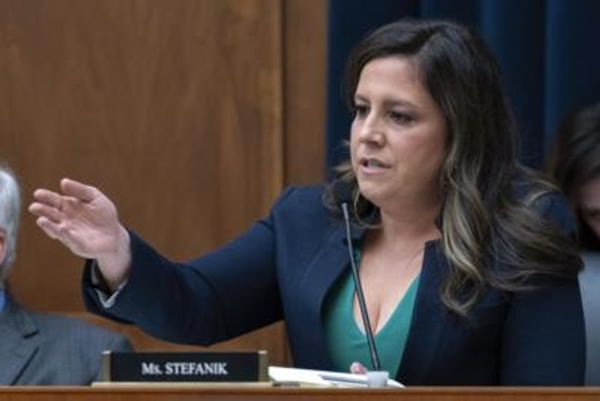
You might also like
Investing in art? Check out this IIM Ahmedabad index
The causes and consequences of falling inflation
Cement companies walk on a tightrope
Pew study says communal rift highest in India: 5 charts
1. How NPS creates wealth
Stocks are the best value-creators over the long term, more so in rapidly growing economies like India. However, in India, the equity market evolution is still in its infancy, with less than 3% of the population having direct exposure to stocks or mutual funds. Contrast this with the US where almost half the population (46%) invests in mutual funds. The NPS collects and pours thousands of crores of rupees from subscribers into equities. The NPS gives many more Indians exposure to the secondary and even primary markets. Between 50% (for government employees) to 75% (for private employees) of an NPS portfolio can be invested in shares, deepening the stock market culture and creating wealth for investors. Legendary investor Rakesh Jhunjhunwala had predicted that the Nifty would cross 100,000 by 2030 (It’s below 19,000 right now). In some ways, the NPS is like a mutual fund though it is less liquid and more risk-averse, with a lock-in period till retirement. It’s regulated by the Pension Fund Regulatory and Development Authority while mutual funds come under the purview of Sebi.
Meanwhile, the OPS guarantees a pension payout, pegged at 50% of the basic pay at retirement, plus dearness allowance. There’s no deduction from salaries for pensions, with taxpayers’ money funding the OPS. This is clearly a big financial liability for states.

2. Slow, steady and systematic
The NPS can be thought of as a systematic investment plan (SIP) in equities and debt for millions of Indians. Currently, NPS has over 53 million subscribers contributing 10% of their basic salary, and the employers contributing 14%. It means regular savings in the most rewarding assets, managed by some of India’s best fund managers, from Aditya Birla Sun Life Pension Management to HDFC Pension Management and LIC Pension Fund. A steady contribution to the NPS every year can be equivalent to SIPs over decades across asset classes, predominantly equities.
SIPs are considered the best way to invest in the equity markets. For most investors, it means buying stocks over a period of time, through bull runs and bear hugs, ensuring they make the most of a long-term uptrend in stocks. In fact, government and private sector employees can invest across asset classes through the NPS, from equities and corporate bonds to government securities and alternative assets.
3. NPS is not just social welfarism
NPS can help catalyze economic growth over the next few decades. Most of NPS money will find its way into equities, capitalizing and supporting the valuations of sound and fast-growing businesses. Remember, India's stock market has nurtured some of its marquee corporates over the decades, from Reliance Industries to Infosys, helping them scale up and gain heft through IPOs and follow-on offers. These fast-expanding companies have created millions of jobs as well. Indeed, NPS, in some ways, ensures an egalitarian, equitable distribution of stock-market wealth. In contrast, the OPS saps resources of the Centre and state governments, eating into their revenues without necessarily yielding long- term productive investments.
4. OPS can bankrupt Centre, states
It’s true that India seems to have a demographic dividend at the moment, with half of its population below 30. But India is also ageing rapidly. The share of elderly in the population is expected to rise from 8.6% (as per 2011 census) to 12.5% by 2030, reaching 20% by 2050, and over 25% by 2061. India will add 320 million people to its 60-plus population over the next 50 years. In this context, a guaranteed pension scheme can bankrupt the Centre and states. Between 1990-91 and 2020-21, the pension bill of the Centre has soared 58 times to ₹1.9 trillion. For states, the figure was 3.8 trillion in the same period, surging 125 times — clearly unsustainable numbers.
5. The global experience too is instructive
Remember how spiralling pension payments bankrupted Greece? It triggered the eurozone debt crisis and subsequent austerity measures forced Greece into a recession. In India, many states face a mountain of debt and can’t afford unchecked social welfarism. An OPS is essentially a freebie which can ravage the balance sheet of states.
Elsewhere in Mint
In Opinion, Vivek Kaul tells what the faithful crypto bros missed. It needs an innovation-driven economy, but can China pivot? Niranjan Rajadhyaksha explains. Pushpa Sundar argues the business of business is business. Will the trouble with Aurobindo's other biz derail the listed entity? Long Story answers.







